You may have heard of him or you may have not. However, Diébédo Francis Kéré is known by everyone in his home village of Gando, Burkina Faso, where he designed and built a sustainable primary school out of mud bricks, a simple ventilation plan and a vision to increase education in Africa. Now rubbing shoulders with the big names in architecture, philanthropy, government and the United Nations, his projects focused on reviving traditional African architectural designs with a modern and sustainable twist has turned heads and helped plant the Afro-Futurist vision into the ground.
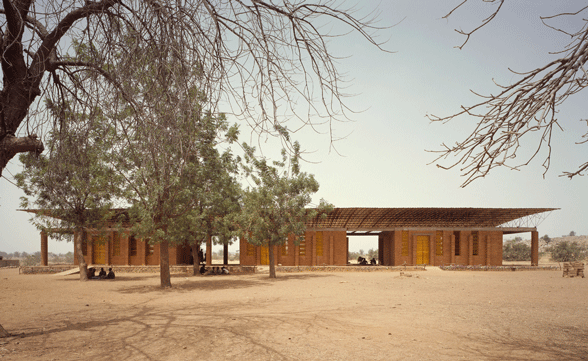
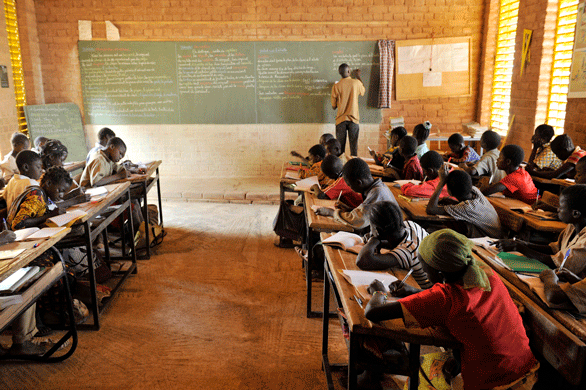
The images you see of his architecture projects, both already built and conceptual, may have many mistaken that they come out of the popular Marvel Studios film ‘Black Panther’. However, these are real and have been implemented since Francis Kéré started designing projects on the ground in 2001. His pride in his culture, what it has to contribute to the global stage and the importance of Africa not “blindly copying the West”, have produced a plethora of projects around education, health, gender equality and strong democratic institutions - touching all the United Nations Sustainable Development Goals.
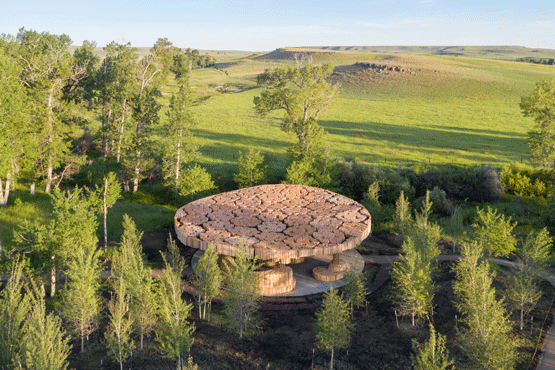
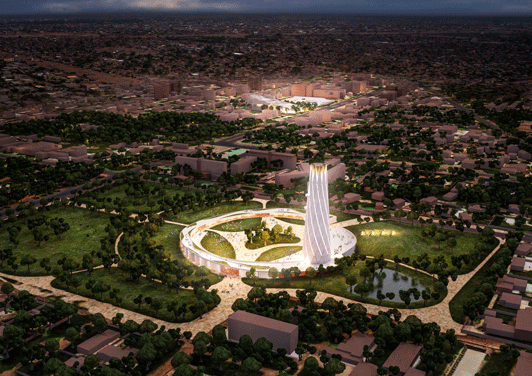
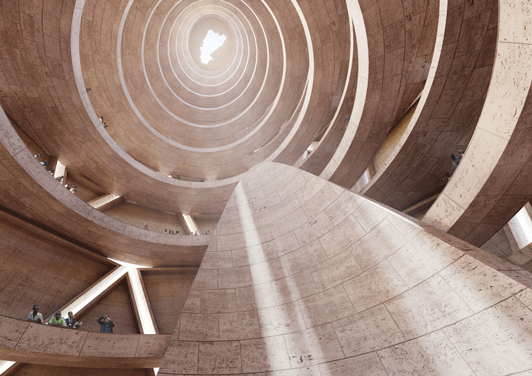
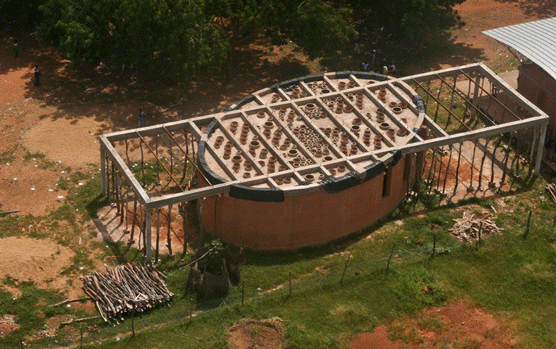
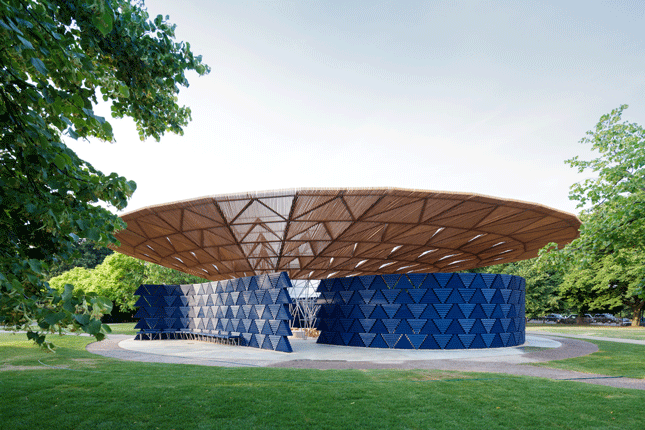
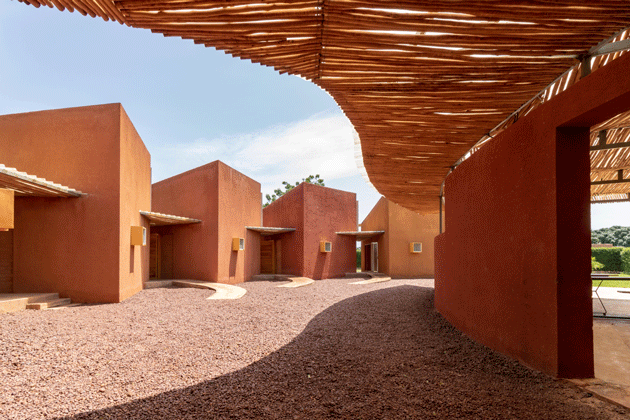
Within the ‘Architecture Guide to the UN 17 Sustainable Development Goals’ published by the Royal Danish Academy for Architecture, Design, Conservation in 2020, Francis Kéré’s secondary school project, the Lycée Schorge Secondary School, with its accompanying dental clinic in Koudougou, Burkina Faso, is featured.
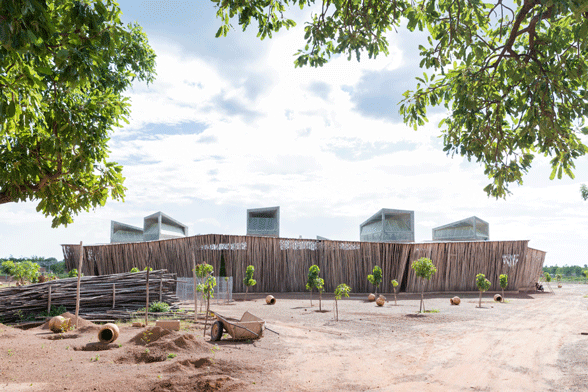
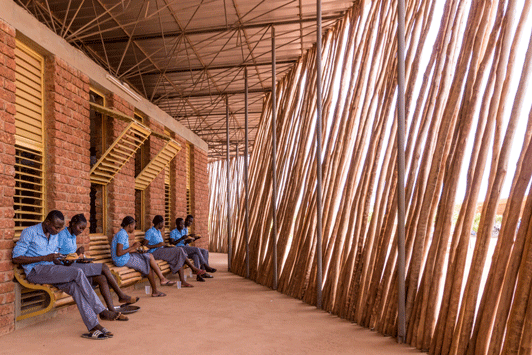
“Kéré’s Architecture has built a school, together with local partners, that sets an architectural example by displaying locally sourced materials while also setting a new standard for educational excellence in the region,” states the publication.
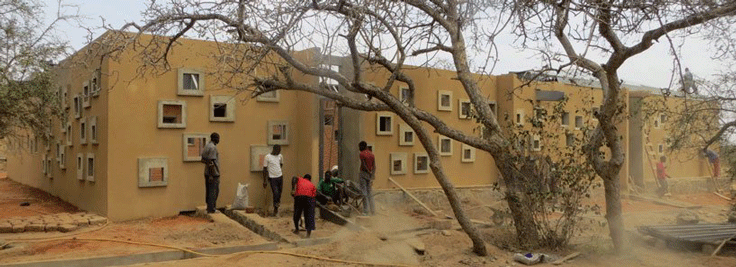
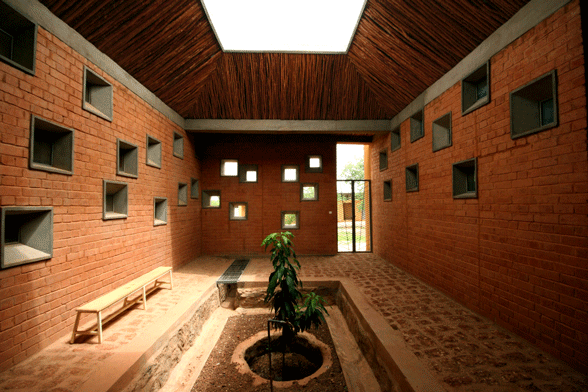
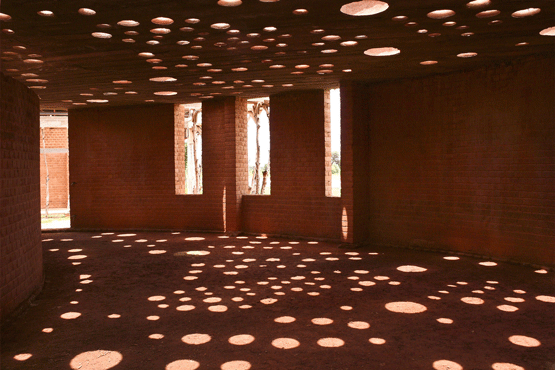
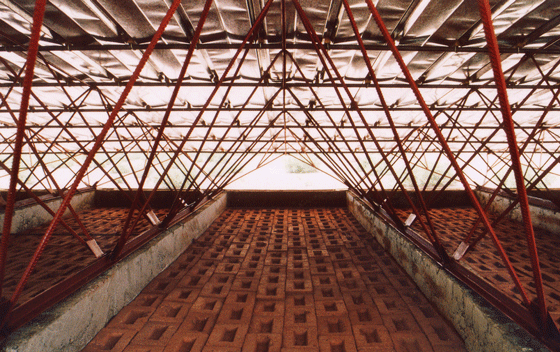
Kéré's style and methodology is certainly different than the concrete and glass building structures imported from colder Western capitals relying on AC and heating units. His use of simple local building materials, mud bricks, laterite stone, screens, wind-catching towers or windows all under large overhanging roofs strategically reduce indoor temperatures in a passive system in line with Sub-Sahara’s climate without the use of expensive and energy-consuming systems which many African regions cannot afford.
This set skeleton design plan seen throughout Kéré’s projects further gained people’s attention by his initial use of the local community to help build them. Though this was also done as an economic necessity to reduce construction costs of certain projects, it was firmly in line with Kéré’s democratic vision of African communities and families participating in building their own institutions and reviving a strong and healthy public sphere away from present-day social and political instability on the continent.
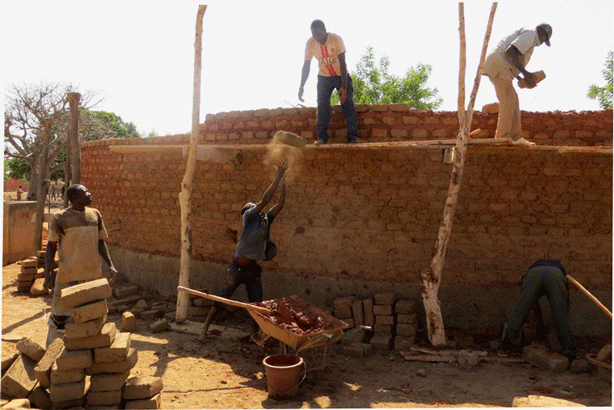
“People need to be part of the process. We train local people to use local materials differently to create the buildings. It’s very simple but effective,” states Francis Kéré in the World Intellectual Property Magazine. “It is important to inspire people to use architecture to shape their own future. This is the only way to create something that we can call sustainable.”
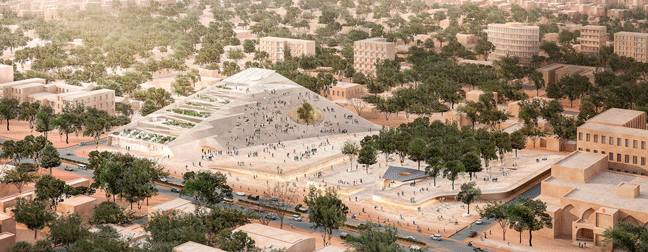
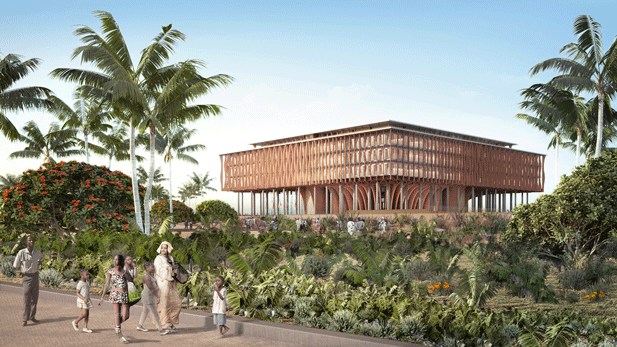
This belief in sustainable communities and strong institutions, which fall under UN Sustainable Development Goals 11 and 16, have led him to design the Burkina Faso National Assembly and the Benin National Assembly. Though both projects are still concept proposals, they both contain ample space for citizens to gather and for the public to feel as if it were their own.
Architecture and education have always served a special place in Kéré’s heart, as it was through these that he has had the capability to study in Germany in order to help bring change to his home country, other African nations and project the Afro-Futurist vision into the future. Hopefully, his projects inspire youth in the classrooms he’s built to bring his visions and conceptual projects to fruition.
